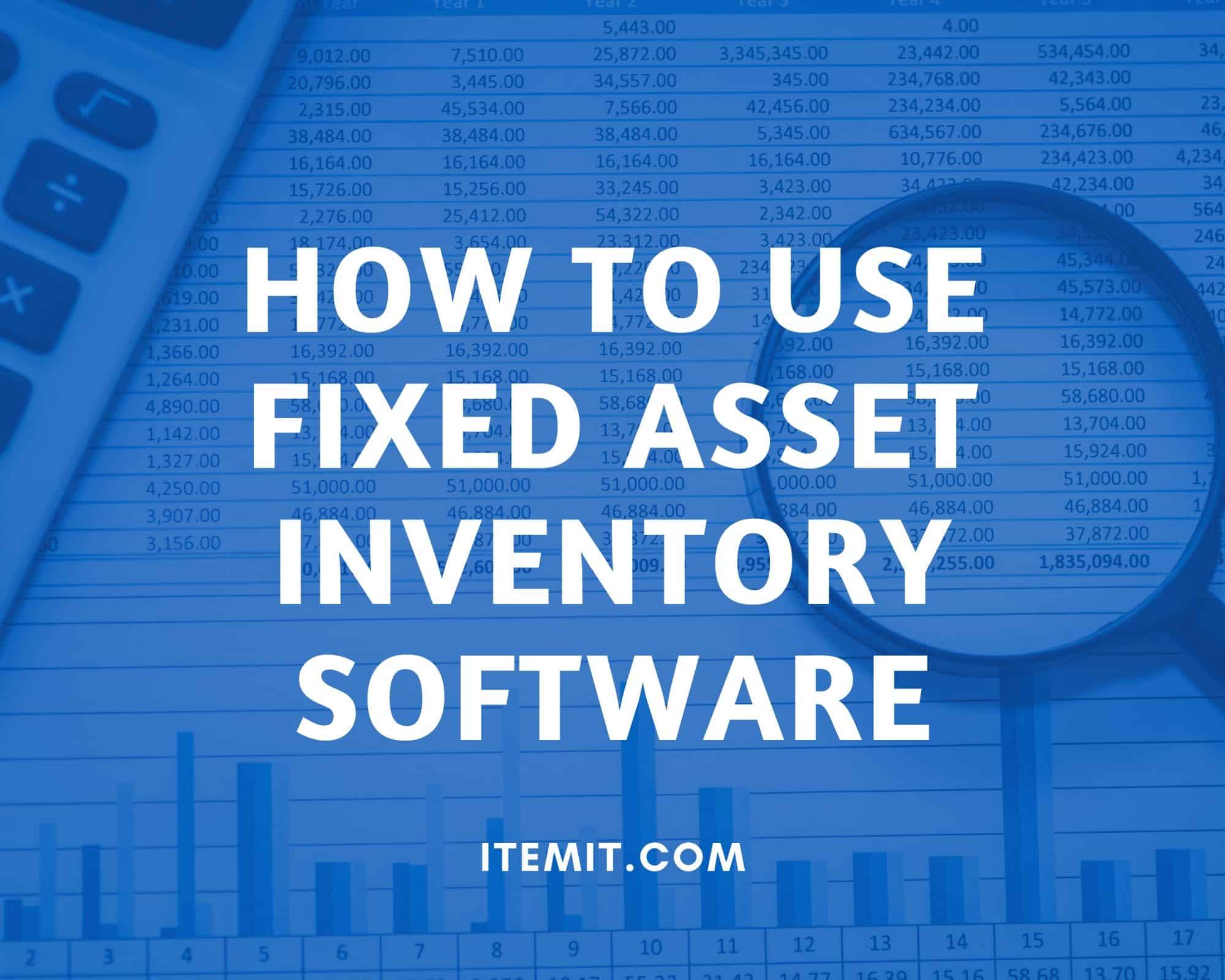
Fixed asset inventory software provides you with more accountability over your assets. You can track the lifecycle of IT assets, such as laptops or phones, using it as IT asset management software, or you can use it for construction equipment tracking.
With fixed asset inventory software, you can track asset movements and depreciation. But how do you use one? Why is fixed asset inventory software better than a spreadsheet? How do you make the most out of tracking fixed assets?
Fixed Asset Tagging
First of all, you’ll want to implement a fixed asset tagging strategy. Whether you’re using GPS asset tags for large scale movement, or if you’re using QR code asset tags for the day to day last seen locations of your assets, fixed asset tagging can show you where everything is and where it has been.
Asset tags allow you to link up your physical assets with their digital profile. This means to change data or information. You need only scan the tag, and the relevant asset will appear in your asset management system.
Here, the last seen location will update automatically, and you’ll be able to log any relevant maintenance, issues, or calibration information.
Fixed Asset Tracking
The next step is using your fixed asset tagging and fixed asset inventory software to create an audit trail and track the entire history of assets.
From the moment you tag your assets, all movements and maintenance will be logged and viewable, and you’ll be able to use this to create a full and transparent picture of what your assets are doing.
For example, if you’re tracking small tools and they frequently move between sites, fixed asset tracking allows you to see which site the assets were last seen at.
Not only does this allow for speedier retrieval of assets, but it also creates a full inventory of your assets, without the risk of ghost assets or zombie assets.
How to Make the Most of Your Fixed Asset Register Software
Making the most out of your fixed asset register software means using your fixed asset tracking to reinforce responsibility and accountability throughout your workforce.
The ability to use check in check out capabilities and to assign assets to colleagues shows everyone which assets are available, and which are in use or undergoing maintenance.
A fixed asset inventory software with a reminders feature also helps you see when warranties end, and when calibration is required, streamlining your processes.
Generating a Fixed Asset Register
After you’ve been tracking your fixed assets for a few days, a visible audit trail has been created with history against fixed assets.
This is where a reporting feature will come in. You can either export your entire fixed asset register or you can customise your reports. The entire fixed asset register will show you current asset costs after depreciation, as well as movement, location, and usage data.
Customisable reports allow you to track IT assets separately to construction assets, create an audit trail of specific assets that contractors or maintenance workers have interacted with, or view assets in a particular location with ease.
Overall, these exportable reports create a full picture of what your assets are doing and provide proof of ownership and responsible use for insurance reasons, as well as acting as information to help make decisions. For example, it’s clearer when an asset needs to be decommissioned. If it’s uneconomical to run because of its depreciation, or uneconomical to repair due to a long history of maintenance, you’ll know.
You’ll be able to use itemit as your fixed asset inventory software for all of this and more. To find out how you can contact the team at team@itemit.com or fill in the form below.
Start Using Fixed Asset Inventory Software Now!

Try itemit
Choose a better way to track
your assets.
Start your free 14-day trial now!

Keep Learning
itemit Blog
Tips, guides, industry best practices, and news.
The Ultimate Guide to RFID Inventory Management
Discover the beginner’s guide to RFID inventory management technology. Learn how to improve accuracy, streamline stock tracking, and boost efficiency today!
A Guide to the Different Types of Inventory Management
Discover the different types of inventory management systems and how each can improve efficiency and accuracy in managing your business inventory.
Understanding the Inventory Tracking Process and Its Importance
Learn about the inventory tracking process and its importance. Discover how it helps improve efficiency, accuracy, and overall business management.


